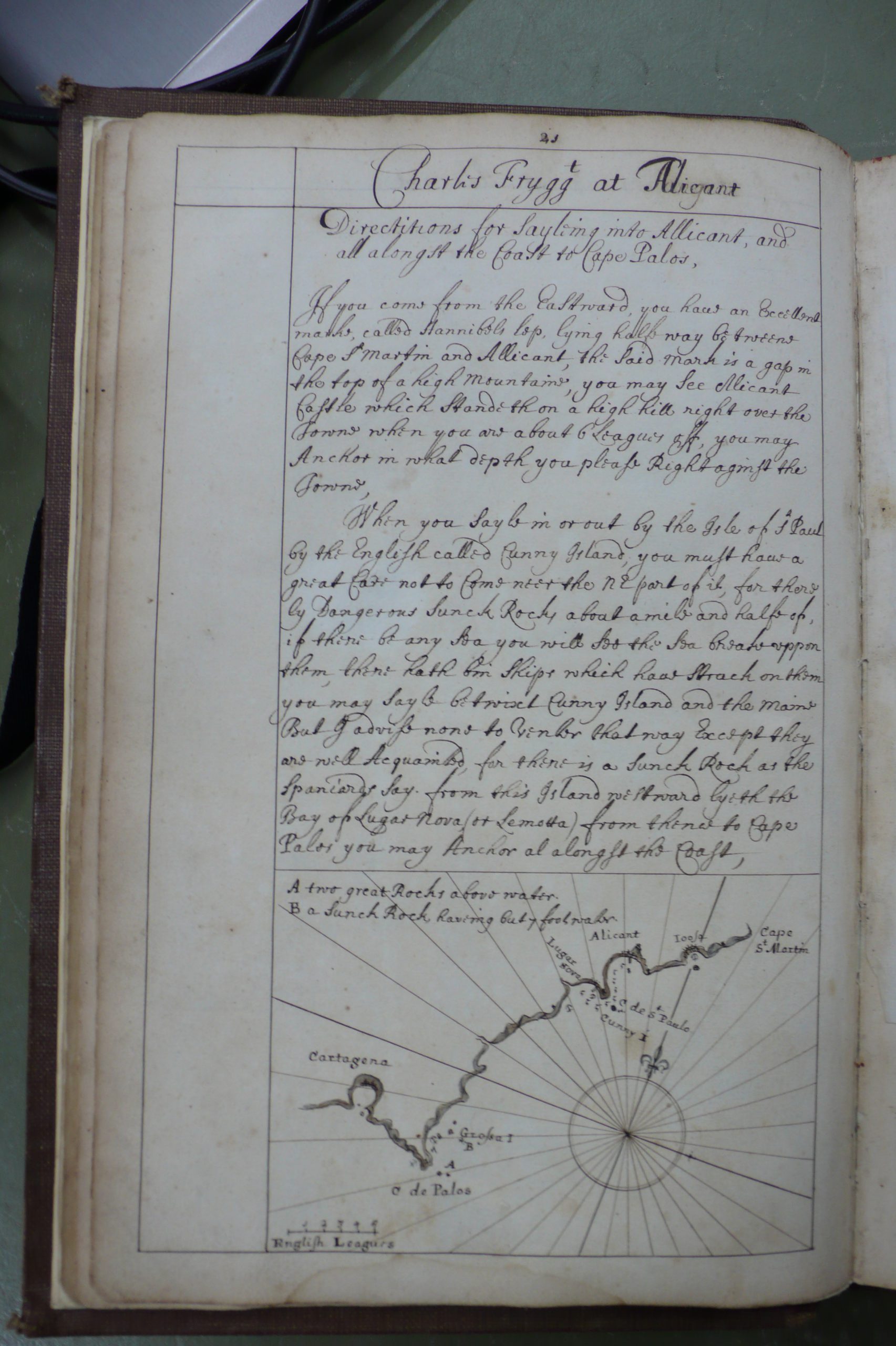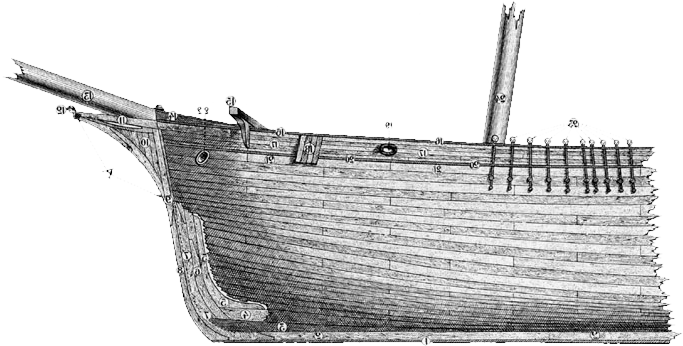History
A group of historians working on Mediterranean maritime history met at the 3rd International Congress of Maritime History in Esbjerg (Denmark), in August 2000, and discussed the need to organise a periodic and systematic forum for communication, information and exchange of ideas of scholars that study the Maritime History of the Mediterranean Sea and its linkages to the world. On the one hand maritime historians in the Mediterranean countries speak different languages, and are often isolated, enclosed in the national boundaries; on the other hand there might be a wealth of research groups and institutions but they are scattered in many countries and do not communicate with each other. However, as we know too well, the Mediterranean Sea unites, does not separate its people. The aim then was to form a network to enhance our knowledge on the ongoing research on Mediterranean history, from individual to institutional research. The other aim, still to be fulfilled, is bring together the two shores of the inland sea, scholars that do research on maritime history of countries of all continents bordering the Mediterranean.
The MMHN conferences were thus born, and historians could meet, discuss, present their papers in the English, French, Italian and Spanish languages. Very rightly, it started its “sailing route” from the middle of the Inner Sea and its islands, with the first conference on the island of Malta in 2002 and the second conference in Sicily in 2006, to follow the route to the eastern side of the Mediterranean, at Izmir in 2010 and to the other western side of the Mediterranean in Barcelona in 2014. The Mediterranean Sea encompassed, the MMHN conference travelled to the Black Sea in 2018 with the conference taking place in Constanza. COVID postponed the next conference, which is now to take place in Rethymnon, Crete in 2024.
The time span covered the period from the early modern times to the present day. The concept of maritime history was based on the seminal article of Frank Broeze back in 1989 which defined maritime history in the last thirty years as wide as possible proposing six categories of the use of the sea by humans.[1]
- Using the resources of the sea and its subsoil. This includes fishing industries, economic and social life of local communities
- Using the sea for transport. The sea as a method of communication, of carrying people and cargoes, of the development of ports and port cities for the development of the hinterland. This section which is usually the largest in maritime history, includes sea-trade, ships, navigation, seamen, island and port communities, shipowners/shipping companies and shipping institutions (insurance, banking, international registers etc.).
- Using the sea for power projection. This element focuses on commmerce-raiding, corsairing/piracy, naval power, strategy and technology, government policies.
- Using the sea for scientific exploration. This includes oceanography, climatology, and current policies of governments regarding marine science and technology in a historical perspective.
- Using the sea for leisure activities. This of course refers to the main “Mediterranean industry”, tourism. The seacoast as a regenerative environment, a focus for recreation, swimming, surfing and yachting in a historical perspective.
- And the sea as an inspiration in culture and ideology. This is to include the role of the sea in visual arts and literature, the sea in the self-vision of a nation.
[1] See Frank Broeze, “From the Periphery to the Mainstream: The Challenge of Australia’s Maritime History”, The Great Circle, vol. 11, no.1, (1989), 1-14.

MMHN was formed in Esbjerg in the 3rd. International Congress of Maritime History, August 2000, by the following scholars (alphabetically):
Dr Ruth Gertwagen, University of Haifa
Prof. Molly Green, Princeton
Prof. Gelina Harlaftis, University of Piraeus
Dr Ernesto Lopez Losa, University del Pais Vasco
Prof. Elisabetta Tonizzi, University of Genoa
Dr Carmel Vassalo, University of Malta
Carmel Vassallo remained the driving force of the MMHN for about 20 years. Along the way, some dropped out, and others joined on board. We continue sailing!

History
A group of historians working on Mediterranean maritime history met at the 3rd International Congress of Maritime History in Esbjerg (Denmark), in August 2000, and discussed the need to organise a periodic and systematic forum for communication, information and exchange of ideas of scholars that study the Maritime History of the Mediterranean Sea and its linkages to the world. On the one hand maritime historians in the Mediterranean countries speak different languages, and are often isolated, enclosed in the national boundaries; on the other hand there might be a wealth of research groups and institutions but they are scattered in many countries and do not communicate with each other. However, as we know too well, the Mediterranean Sea unites, does not separate its people. The aim then was to form a network to enhance our knowledge on the ongoing research on Mediterranean history, from individual to institutional research. The other aim, still to be fulfilled, is bring together the two shores of the inland sea, scholars that do research on maritime history of countries of all continents bordering the Mediterranean.
The MMHN conferences were thus born, and historians could meet, discuss, present their papers in the English, French, Italian and Spanish languages. Very rightly, it started its “sailing route” from the middle of the Inner Sea and its islands, with the first conference on the island of Malta in 2002 and the second conference in Sicily in 2006, to follow the route to the eastern side of the Mediterranean, at Izmir in 2010 and to the other western side of the Mediterranean in Barcelona in 2014. The Mediterranean Sea encompassed, the MMHN conference travelled to the Black Sea in 2018 with the conference taking place in Constanza. COVID postponed the next conference, which is now to take place in Rethymnon, Crete in 2024.
The time span covered the period from the early modern times to the present day. The concept of maritime history was based on the seminal article of Frank Broeze back in 1989 which defined maritime history in the last thirty years as wide as possible proposing six categories of the use of the sea by humans.[1]
- Using the resources of the sea and its subsoil. This includes fishing industries, economic and social life of local communities
- Using the sea for transport. The sea as a method of communication, of carrying people and cargoes, of the development of ports and port cities for the development of the hinterland. This section which is usually the largest in maritime history, includes sea-trade, ships, navigation, seamen, island and port communities, shipowners/shipping companies and shipping institutions (insurance, banking, international registers etc.).
- Using the sea for power projection. This element focuses on commmerce-raiding, corsairing/piracy, naval power, strategy and technology, government policies.
- Using the sea for scientific exploration. This includes oceanography, climatology, and current policies of governments regarding marine science and technology in a historical perspective.
- Using the sea for leisure activities. This of course refers to the main “Mediterranean industry”, tourism. The seacoast as a regenerative environment, a focus for recreation, swimming, surfing and yachting in a historical perspective.
- And the sea as an inspiration in culture and ideology. This is to include the role of the sea in visual arts and literature, the sea in the self-vision of a nation.
[1] See Frank Broeze, “From the Periphery to the Mainstream: The Challenge of Australia’s Maritime History”, The Great Circle, vol. 11, no.1, (1989), 1-14.
MMHN was formed in Esbjerg in the 3rd. International Congress of Maritime History, August 2000, by the following scholars (alphabetically):
Dr Ruth Gertwagen, University of Haifa
Prof. Molly Green, Princeton
Prof. Gelina Harlaftis, University of Piraeus
Dr Ernesto Lopez Losa, University del Pais Vasco
Prof. Elisabetta Tonizzi, University of Genoa
Dr Carmel Vassalo, University of Malta
Carmel Vassallo remained the driving force of the MMHN for about 20 years. Along the way, some dropped out, and others joined on board. We continue sailing!

History
A group of historians working on Mediterranean maritime history met at the 3rd International Congress of Maritime History in Esbjerg (Denmark), in August 2000, and discussed the need to organise a periodic and systematic forum for communication, information and exchange of ideas of scholars that study the Maritime History of the Mediterranean Sea and its linkages to the world. On the one hand maritime historians in the Mediterranean countries speak different languages, and are often isolated, enclosed in the national boundaries; on the other hand there might be a wealth of research groups and institutions but they are scattered in many countries and do not communicate with each other. However, as we know too well, the Mediterranean Sea unites, does not separate its people. The aim then was to form a network to enhance our knowledge on the ongoing research on Mediterranean history, from individual to institutional research. The other aim, still to be fulfilled, is bring together the two shores of the inland sea, scholars that do research on maritime history of countries of all continents bordering the Mediterranean.
The MMHN conferences were thus born, and historians could meet, discuss, present their papers in the English, French, Italian and Spanish languages. Very rightly, it started its “sailing route” from the middle of the Inner Sea and its islands, with the first conference on the island of Malta in 2002 and the second conference in Sicily in 2006, to follow the route to the eastern side of the Mediterranean, at Izmir in 2010 and to the other western side of the Mediterranean in Barcelona in 2014. The Mediterranean Sea encompassed, the MMHN conference travelled to the Black Sea in 2018 with the conference taking place in Constanza. COVID postponed the next conference, which is now to take place in Rethymnon, Crete in 2024.
The time span covered the period from the early modern times to the present day. The concept of maritime history was based on the seminal article of Frank Broeze back in 1989 which defined maritime history in the last thirty years as wide as possible proposing six categories of the use of the sea by humans.[1]
- Using the resources of the sea and its subsoil. This includes fishing industries, economic and social life of local communities
- Using the sea for transport. The sea as a method of communication, of carrying people and cargoes, of the development of ports and port cities for the development of the hinterland. This section which is usually the largest in maritime history, includes sea-trade, ships, navigation, seamen, island and port communities, shipowners/shipping companies and shipping institutions (insurance, banking, international registers etc.).
- Using the sea for power projection. This element focuses on commmerce-raiding, corsairing/piracy, naval power, strategy and technology, government policies.
- Using the sea for scientific exploration. This includes oceanography, climatology, and current policies of governments regarding marine science and technology in a historical perspective.
- Using the sea for leisure activities. This of course refers to the main “Mediterranean industry”, tourism. The seacoast as a regenerative environment, a focus for recreation, swimming, surfing and yachting in a historical perspective.
- And the sea as an inspiration in culture and ideology. This is to include the role of the sea in visual arts and literature, the sea in the self-vision of a nation.
[1] See Frank Broeze, “From the Periphery to the Mainstream: The Challenge of Australia’s Maritime History”, The Great Circle, vol. 11, no.1, (1989), 1-14.
MMHN was formed in Esbjerg in the 3rd. International Congress of Maritime History, August 2000, by the following scholars (alphabetically):
Dr Ruth Gertwagen, University of Haifa
Prof. Molly Green, Princeton
Prof. Gelina Harlaftis, University of Piraeus
Dr Ernesto Lopez Losa, University del Pais Vasco
Prof. Elisabetta Tonizzi, University of Genoa
Dr Carmel Vassalo, University of Malta
Carmel Vassallo remained the driving force of the MMHN for about 20 years. Along the way, some dropped out, and others joined on board. We continue sailing!
